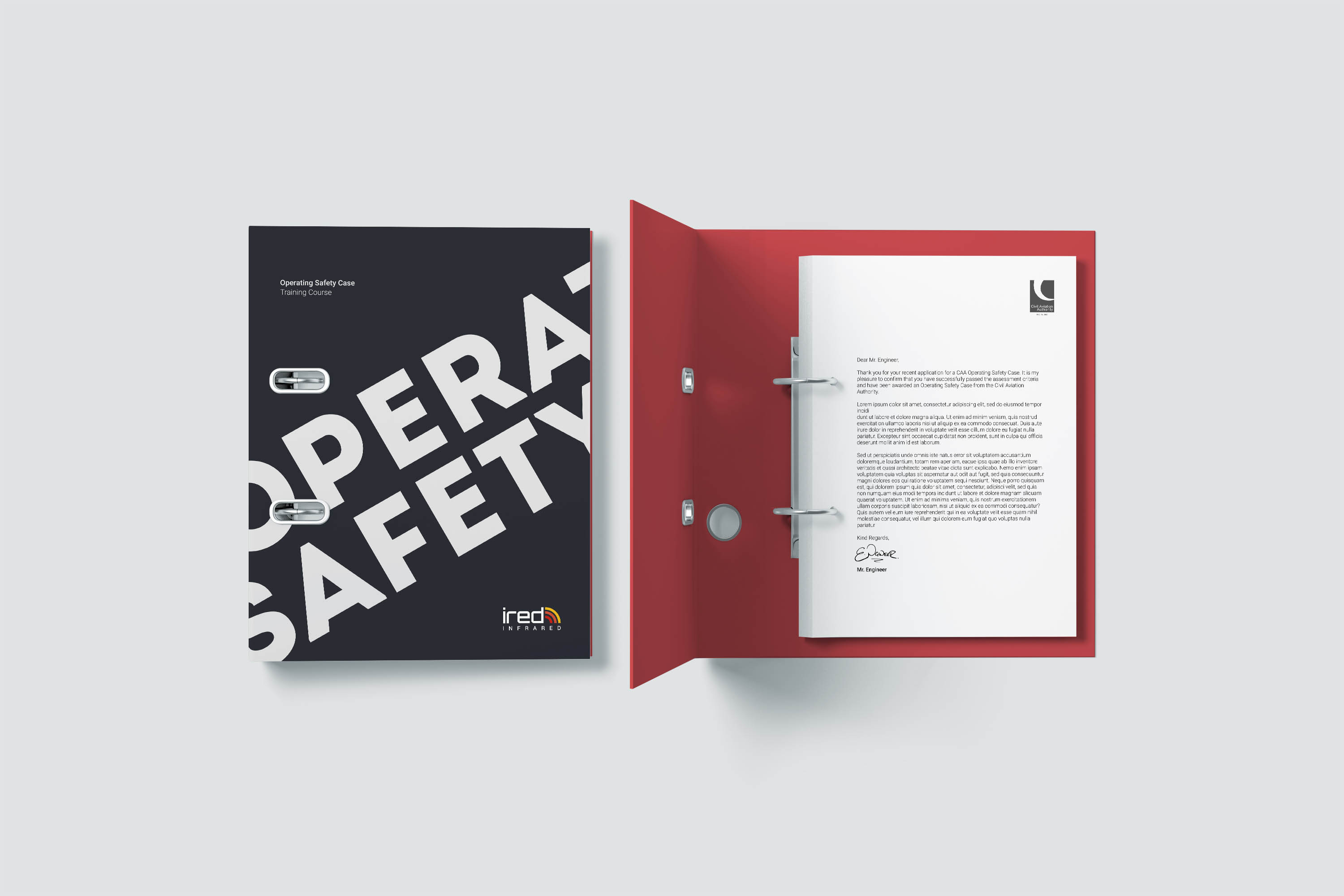Learn how to apply for an Operating Safety Case to legally fly your drone within congested areas.
Flying drones for work is regulated by the Civil Aviation Authority (CAA). The CAA make the aviation laws that drone pilots have to follow. These rules and regulations are there to protect the public and third party property in order to keep them safe.
Current regulations allow a sub 7kg UAV pilot with a Standard Permission for Commercial Operation (PfCO) to fly within 50 meters of any person, vehicle, vessel or structure outside of their control.
These CAA regulations are designed to protect persons and property, especially in congested areas where the risk of collision is greater due to the increased population.
Congested areas are anywhere that are substantially used for work, habitation or leisure. There are no clear-cut guidelines, but most areas of a village, town or city will fall into the congested area category.
The time when a collision is most likely to happen is during take off and landing. Cordons are used to keep the public at a safe distance. The cordon distance for a Standard PfCO is 30 meters. This requires a large exclusion zone to be kept free of public, vehicles, vessels and structures outside of the drone operators control. In congested areas, it is unlikely that a suitable place can be found to fulfill these requirements.
The land owners permission is required for any property within the take off and landing cordon. This can equate to 50 or more properties and the requirement to close roads and pavements. Clearly this is not feasible for most operations.
So with all of these restrictions, how do you operate in a congested area?
The answer is to get an Operating Safety Case.
An Operating Safety Case is awarded to responsible drone pilots by the CAA who can prove they can operate safety. The special permission allows drone operators to fly outside of the normal Standard Permission restrictions. An Operating Safety Case can be used to reduced the safety cordon when flying within congested areas, for flying above 400 feet altitude, flying extended visual line of site (EVLOS) or flying beyond visual line of sight (BVLOS).
Most drone operators require an Operating Safety Case for reducing their 50 meter operating safety cordon whilst flying close to or within congested areas.
For a congested area Operating Safety Case the operating safety cordon may be reduced from 50 meters, to 30, 20 or even 10 meters, depending upon the applicants abilities.
Operating Safety Cases vary from operator to operator, but most successful applicants are awarded a 10 meter take off and landing zone safety cordon. This is considerably less than the 30 meter safety cordon required by a Standard Permission.
So how do you get an Operating Safety Case?
The answer here is there is no easy solution. You have to prove your abilities to the CAA by writing 3 volumes on your Operations, Systems and Risk Management based upon the CAA Cap 722 template. Combined, these documents can easily be over 200 pages. Writing the manual can be fraught with difficulties and very time consuming. Do not underestimate how long it will take you. You have to embrace the entire concept. It is simply not enough to want an Operating Safety Case, you also have to prove why you need one and demonstrate your ability to manage risk.
Once you have submitted the documents to the CAA you then have to wait. There is currently no service agreement or targets for processing applications for an Operating Safety Case. You may have to wait 3 months, you may have to wait 6 months. There is simply no way to tell.
Once you have been successfully awarded your Operating Safety Case by the CAA you have 12 months in which to use it before renewal.
Applying for an Operating Safety Case is no quick and easy task, but there is a shortcut.
The iRed Academy is here to help guide you through the process of applying for your Operating Safety Case. Our specialist Operating Safety Case course will explain in detail what you need to do to achieve your aim and clarify the entire application process so you can get on with what you do best – flying your drone.
To find out more about our new Operating Safety Case course, please visit https://ired.ac.uk/courses/operating-safety-case-training-course/


